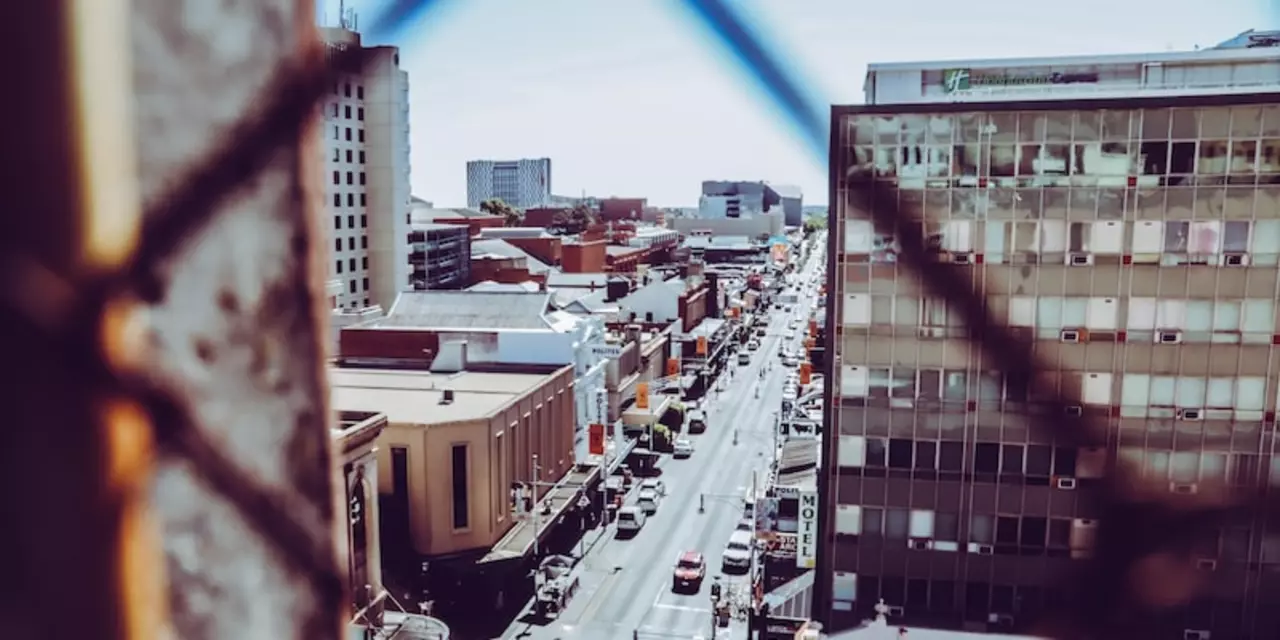High rises: a simple guide to tall buildings
Ever looked up at a city skyline and wondered how those massive towers stay upright? High rises are more than just impressive sights; they’re homes, offices, and community hubs packed into a small footprint. This guide breaks down the big ideas in plain English so you can understand how they’re built, why people choose to live there, and what keeps them safe.
How high rises are built
The first step is a strong foundation. Engineers dig deep, sometimes down to bedrock, and pour a concrete slab that can carry huge loads. From there, a steel or concrete “skeleton” rises floor by floor. Steel beams act like the ribs of a body, giving the building strength while keeping it relatively light.
Next comes the “core” – a central shaft that houses elevators, stairs, and utilities. The core acts like a spine, helping the tower resist wind and seismic forces. Modern high rises use computer‑driven design tools to model how wind will push against the building, then add dampers or tuned mass systems that sway in the opposite direction to keep the motion subtle.
Facade panels are the skin you see from outside. They’re usually made of glass, metal, or a mix of both. Prefabricated panels are attached to the frame as each floor goes up, speeding up construction and ensuring a tight seal against weather.
Inside, each floor is a flexible space. Developers decide whether a floor will be an office, apartment, or mixed‑use area, then fit it out with wiring, plumbing, and HVAC (heating, ventilation, and air‑conditioning). Because the structure is already in place, swapping out a layout later is easier than with older low‑rise buildings.
Living in a high rise
Choosing a high‑rise apartment often means trading a small outdoor garden for great views, better security, and amenities like gyms or rooftop decks. Elevators are the lifeline, so building managers keep them well‑maintained and often program them to group trips during peak hours.
Safety is a top priority. Fire‑resistant materials, sprinkler systems, and smoke detectors are required by law. Many towers also have refuge floors – safe zones where occupants can wait for rescue if an evacuation becomes risky.
Energy efficiency matters too. Modern high rises use double‑glazed windows, low‑emissivity coatings, and smart lighting to cut heating and cooling costs. Some even generate power on site with solar panels or wind turbines placed on the roof.
Noise can be an issue, especially in busy city centers. Good insulation between floors and acoustic glass help keep the inside calm. If you value quiet, look for units with extra sound‑proofing or ones located away from street‑level entrances.
Maintenance fees cover common‑area cleaning, security staff, and the upkeep of elevators and building systems. It’s worth checking what’s included before signing a lease, because hidden costs can add up quickly.
Overall, high rises blend engineering marvels with everyday living. Whether you’re curious about how they’re built or thinking about moving into one, understanding the basics helps you appreciate the effort that goes into making those towering structures safe, comfortable, and efficient.
Urban Planning

Why does Adelaide have no high rises?
Adelaide is the capital city of South Australia and is known for its lower-rise cityscape. This is a result of the city's planning regulations that limit building height. The idea of no high rises was introduced in the 1970s to preserve the city's historic character, as well as to maintain the open sky views and parks. The regulations also have had the effect of restricting growth and encouraging urban sprawl. The city has also had difficulty keeping up with population growth, leading to a housing shortage. Despite these issues, the regulations remain in place due to the city's commitment to preserving its unique character.